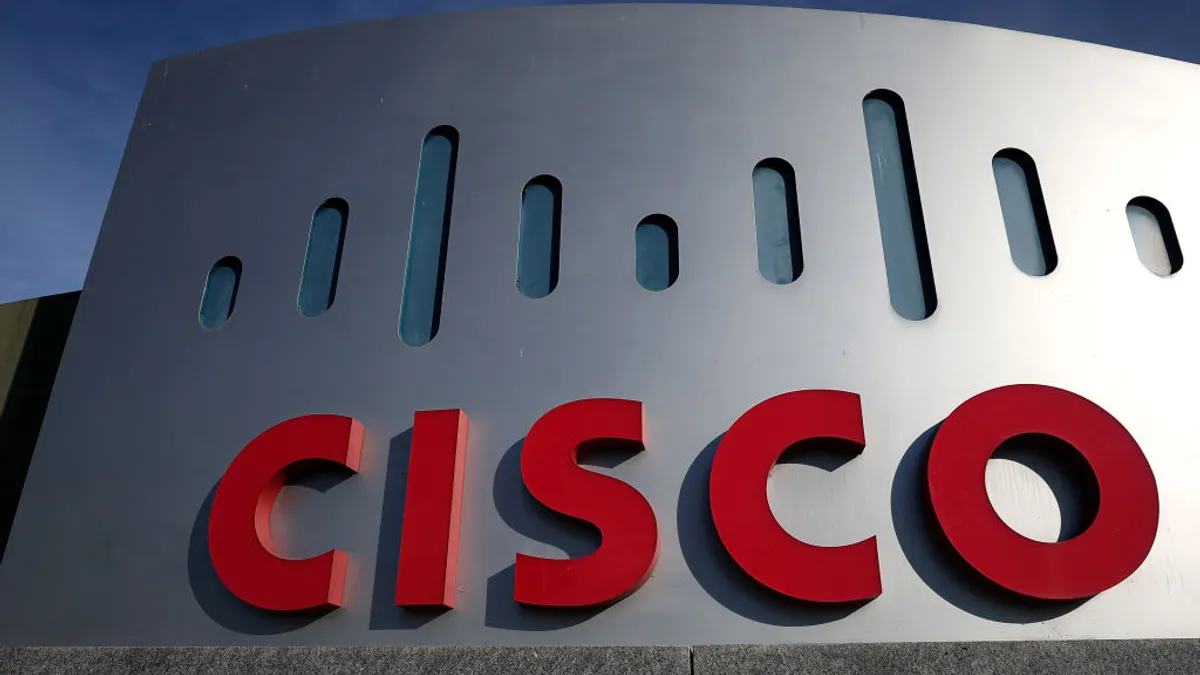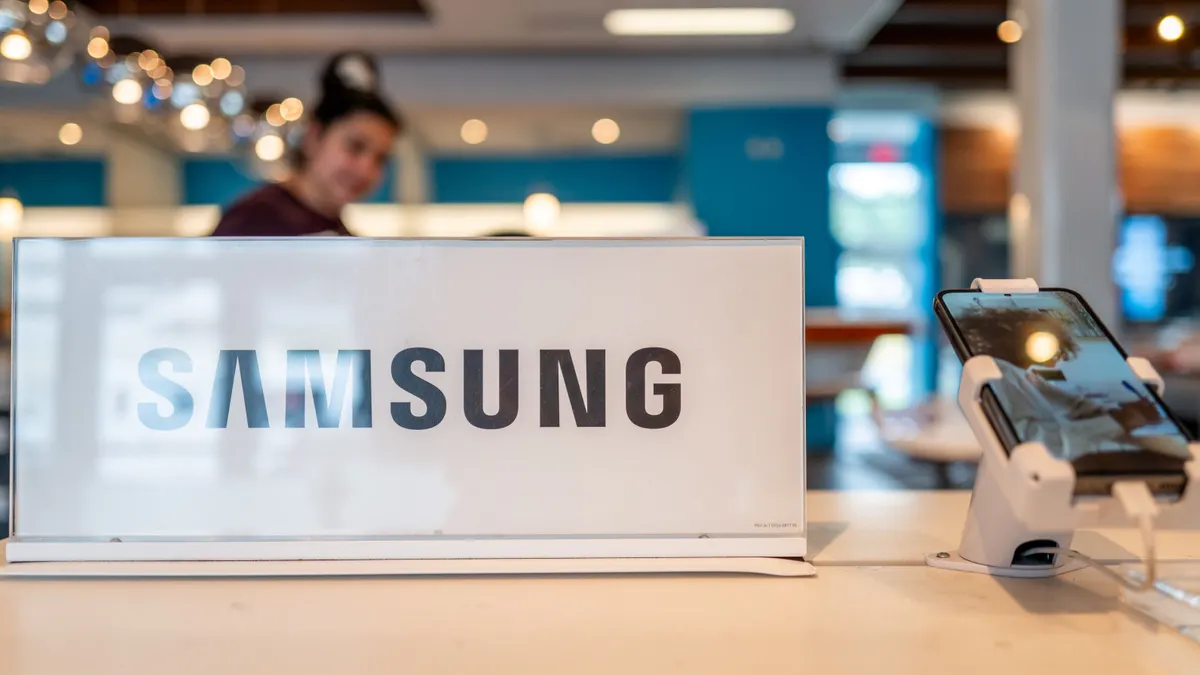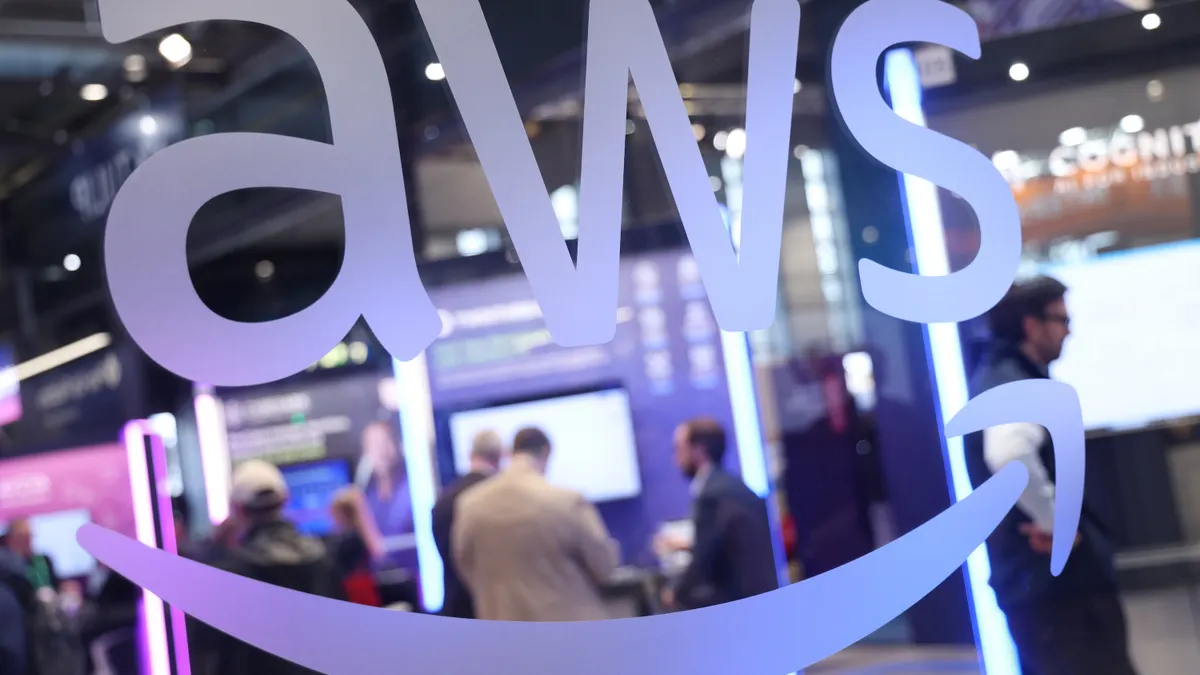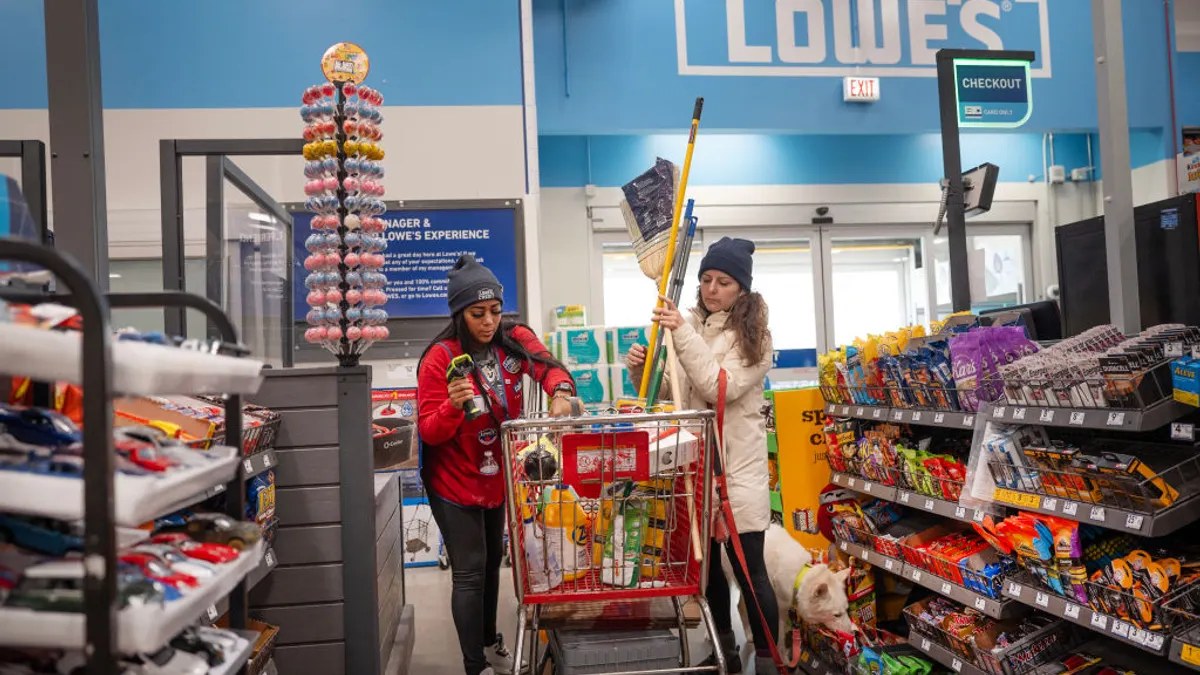For Liz Centoni, EVP and chief customer experience officer at Cisco, customer experience starts with product design.
Customers don’t view their experience with a product as something delivered by a dedicated CX team. Their interaction with the company from start to finish defines their experience, and they expect excellence before, during and after their purchase.
“You don't take your org chart to the customer,” Centoni told CX Dive. “You're looking at the experience of a customer who doesn't really care whether you're a product or sales or CX team. They want you to know what their goals, objectives and business outcomes are.”
Cisco is a networking and information technology company with customers ranging from international enterprises to small businesses. Centoni focuses on ensuring her team of 20,000 understands what Cisco’s customers need, what other departments are doing and the latest technology available to meet their goals.

Centoni, who has been with Cisco for more than two decades, comes from a background in product development. She credits her prior roles for the problem solving and innovation expertise she brings to the role of CCXO.
No customer experience leader is a stranger to this mindset, but Centoni’s background helps her speak the language of other departments and business customers to help drive everyone toward the same universal goal. She aims to use this knowledge to help customers resolve any issues as fast as possible.
Know your customer’s goals
Centoni believes great customer experience starts with understanding the customer’s goals. In a business setting, this usually involves maximizing a certain KPI like time to value.
In either case, it’s essential that the whole company understands what the customer wants from their purchase. At Cisco, this includes creating a customer account plan that’s shared across relevant departments, from sales to CX.
“What we've stressed with everyone in the organization is it starts with knowing the customer,” Centoni said. “What are the customer’s goals? What are the objectives? What are the expected outcomes?”
Cisco’s customer account plans include information about why the customer chose the product and their intent for the purchase, according to Centoni. This lets the CX team better adapt to the client’s needs and not only ensure they’re getting what they paid for, but exceeding expectations.
“I want them to be so happy with the first use case that they are chasing us down for the next use case,” Centoni said.
In many cases, Cisco understands how the customer can use the product better than the customer does themselves, according to Centoni. The company has visibility and insights into its own products that go beyond what its customers can access, and this drives the CX team’s ability to make recommendations and troubleshoot problems.
Managing experience at scale
Cisco’s CX team handles about 1.6 million support cases from hundreds of thousands of customers each year, according to Centoni. Nearly two-thirds of these cases are touched by AI or machine learning-driven automation.
Customers are asking for more personalized and frictionless support, Centoni said. Speed is also a factor — ideally, customer service solutions are delivered before the problem becomes apparent.
AI will be essential to achieving that speed of service, according to Centoni. The technology can combine the CX team’s understanding of its products with peer benchmarking data to predict when a problem is likely to arise and let the customer know before it happens.
“How do we institutionalize this idea of knowing the customer better than they know themselves so that we can deliver these capabilities proactively, make it more predictive?” Centoni said.
AI is expected to get better at empathy as the technology matures, and there may come a day when AI handles all low-level queries. However, live agents and other CX experts will always have a place to handle those truly tricky calls.
Cisco’s customer service team has built up a massive knowledge base over the past four decades, according to Centoni. The company’s staff has developed problem solving expertise on a level that hasn’t yet made it into the large language models that power AI tools.
“We want to be able to leverage that, including what technology brings,” Centoni said.
Stay involved with other teams
Industry experts have called on CX leaders to break down the walls between their teams and the rest of the enterprise. Cisco’s CX chief likewise sees cross-department collaboration as a priority.
Centoni ensures her CX team is well integrated with Cisco’s product department in particular. She has the team sit in on product staff meetings so they understand the product they are supporting inside and out.
It’s the CX team’s job to help customers adopt and get maximum value out of the technology they use, which calls for understanding the latest developments in the company’s offerings.
“Regardless of whether you're in product or you're in CX, you always have a deep engagement with customers,” Centoni said. “It's not just our sales teams who go talk to our customers. I spend two weeks out of the month traveling and talking to customers.”
It can be easy to stay in a single silo, particularly when working at a larger organization. It takes work to stay in touch with other teams and the rapid advancement of AI means CX leaders have their hands full keeping their teams on track with the latest technology.
CX leaders need to take the time to break down the walls between teams, according to Centoni. As noted, virtual agents won’t make human expertise obsolete, and those experts need to have a deep understanding of the product their company creates — which is only possible through cross-department collaboration.
“Technology is great, but managing those large organizations is also about making sure that you're breaking down those silos again and again,” Centoni said.
Editor's note: This article has been updated to include information on the size of Cisco's customer experience team



















